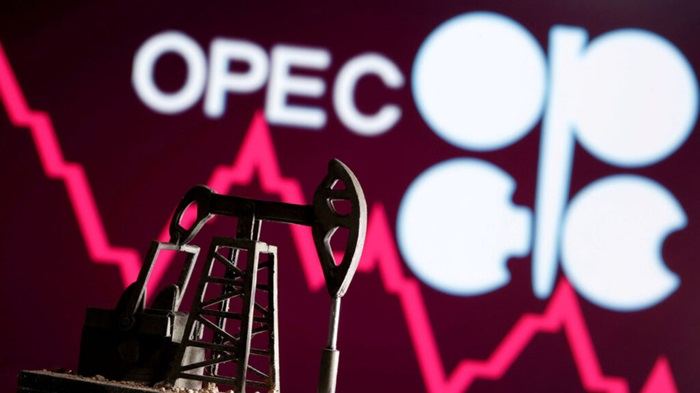Earlier this month, OPEC and its partners from Central Asia and Russia decided to postpone reducing production cuts that were originally agreed upon in 2023 to address falling oil prices. As a result, OPEC+ will continue to produce 2.2 million fewer barrels per day until at least December. This decision might not sit well with some of the major oil companies.
OPEC and Big Oil are often viewed as rivals, particularly American supermajors like Exxon and Chevron, which have a significant presence in the shale sector—OPEC’s main competitor in recent years. However, the situation is complicated by the fact that Big Oil also heavily invests in OPEC’s oil and gas production.
Jim Burkhard, vice president at S&P Global Commodity Insights, explained to the Houston Chronicle, “The aim of foreign investors is not to spend billions of dollars on new oil wells and then shut them in. If OPEC members want to continue to attract foreign investment, their investors need to see some type of return. It’s part of the equation. You can’t untangle that.”
State control over production typically does not align well with private investors, similar to how price controls can limit potential returns. Yet, OPEC remains a crucial source of production and income for Big Oil. When this is no longer the case, as seen when Exxon exited Iraq, Big Oil may pull out.
Countries heavily involved with Big Oil, like Iraq and the United Arab Emirates, are affected by these production cuts. Iraq, for example, has a cut of 220,000 barrels per day, while the UAE has agreed to cut 163,000 barrels per day. Although these amounts are significant, they are relatively minor in the context of the lower price environment.
Mark Finley, a former BP economist, commented on the relationship between Big Oil and OPEC, “The problem for them is they have to keep delaying, and at some point the dynamic is not sustainable. Holding back production to let competitors take market share is not a winning long-term strategy.” He also noted that countries like Kazakhstan, which depend on U.S. investment, face increasing pressure. Kazakhstan is currently demanding $160 billion from supermajors for delays and cost overruns in developing the Kashagan offshore field, which is producing only 400,000 barrels per day instead of the promised 1.5 million.
Kazakhstan’s stance could be seen as unfriendly to foreign investors, yet prioritizing national interests over foreign investment is not unusual. Balancing these interests is a delicate task, and Kazakhstan, along with other OPEC+ members, appears to be favoring national priorities.
The relationship between OPEC and Big Oil has always been complex, as they are both partners and competitors. When OPEC’s cuts increase prices, both parties benefit. Conversely, when Big Oil discovers more cost-effective extraction methods, everyone benefits.
S&P Global data indicates that foreign investment in the Middle East has increased by 50% since 2019 to $62 billion, much of which is in energy. While OPEC members, such as Iraq, need these investments, the investors also require the oil. Investment decisions are driven by the expectation of financial returns, even with potential restrictions from state policies. OPEC’s role in controlling production and prices is central to its purpose. Despite the complexities, the relationship between Big Oil and OPEC is likely to remain intricate but enduring.

